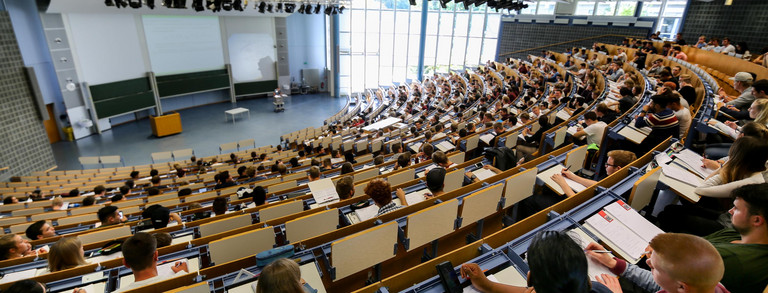Urban Morphology
How do cities grow the way they are? How do buildings, streets and open spaces fall together into patterns of such complexity and beauty that resemble organic intelligence of nature or geometric intricacies of fractals? Are there rules for how the material fabric of cities evolve, transform and decay? How do we decode footprints of cities and read their spatial signatures from plans and from the ground level?
The master's seminar introduces students to the broad multidisciplinary field of urban morphology, which equips us with theoretical and methodological means to inquire into the above questions. It spans expertise, knowledge and methods from urban planning, architecture, geography, GIScience, and computer science relevant for spatial planners engaged with urban space and built environment at urban scale.
The module begins with the students getting familiar with major schools of urban morphology and key elements of urban form - buildings, street networks and land plots - and their relations, spatial dynamics and transformation - as primary objects of investigation within morphological approach through the essential theoretical readings on core topics (Oliveria, V., 2016. An introduction to the study of the physical form of cities. Sl: Springer; Kropf, K., 2018. The handbook of urban morphology. John Wiley & Sons). The second part of the seminar is devoted to practical application of urban morphology methods in empirical research and planning practice. The students are asked to explore varied methods, approaches, case studies, and planning projects based on urban morphology (Space Syntax, Urban Morphometrics, etc.), and present it in the class. In addition to active in-class participation, at the end of the seminar the students are asked to write a critical reflection essay on theoretical and instrumental potential of urban morphological approaches in their selected cases.

